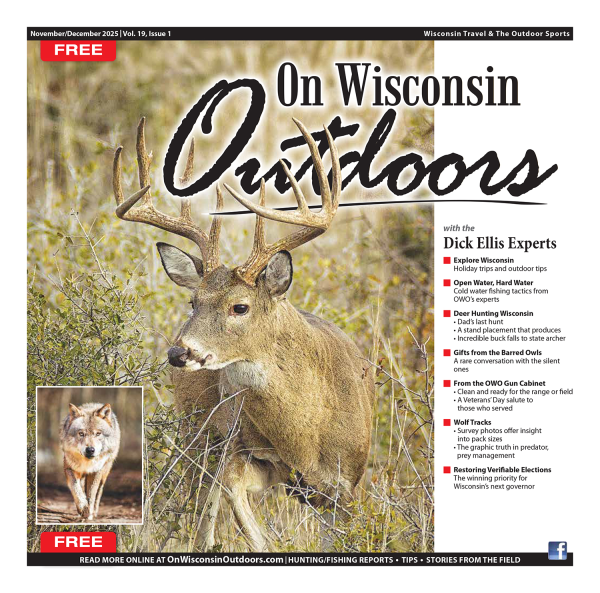Now is the time to look for warblers! See when and where
Birding and bird conservation

Wisconsin ranks 2nd in the nation in percentage of residents who birdwatch, and it’s easy to see why in the spring and summer as Baltimore orioles and hundreds of other species put on a show. Photo by Jack Bartholomai.
Wisconsin is home to over 300 species of birds and has thousands of people who enjoy birds. Explore the links below for information on birds, bird identification, birding locations and how to get involved in bird conservation efforts.
Statewide birding report as of September 12, 2019

Cedar waxwings are common now statewide, often at fruit sources. Look for duller, streaked juveniles among the more colorful adults like this one. Photo by Ryan Brady.
Feeders still active and duck diversity increases
In general it was a lackluster week for most birders. The weekend saw only modest numbers of migrants and then wet weather precluded much new movement into the early part of this week. It was far from a bust, however, as many enjoyed a variety and sometimes good numbers of warblers statewide, as well as the fall’s first ruby-crowned kinglets. Backyard feeders continued to host hummingbirds, orioles and grosbeaks, especially in the southern half of the state, but the adult males are largely gone now. Keep your feeders clean and available for these species through the month. Despite ample rain, now is also a good time to offer a water source for birds, which will attract even more species to your yard than feeders do. And it’s not too late to plant some of our Top 10 natives to make sure your yard is a mecca for birds in the years ahead.
Duck diversity is slowly increasing, although peaks for many species are weeks if not months away yet. Goose numbers are building too with multiple reports of hundreds of birds from a single site, including the first snow and Ross’s geese among them. Along the Great Lakes, birders reported sanderlings, ruddy turnstones, semipalmated plovers and a few other shorebird species. Inland sites tallied some of these as well as the season’s first juvenile long-billed dowitchers, a notoriously late migrant. Buff-breasted sandpipers and red-necked phalaropes were found at several locations.
Other rare birds spotted this week included a white-winged dove in Outagamie County, little gull in Manitowoc and black-bellied whistling duck continuing in Dane. The weekend should finally yield some new migrants, especially on Saturday. Then winds turn south for an extended stretch into next week, which will slow migration turnover and potentially drift a few vagrant species into our neck of the woods. It’s a great time of year to get out – you never know what you might find. Good birding!
– Ryan Brady, DNR Natural Heritage Conservation Program biologist











